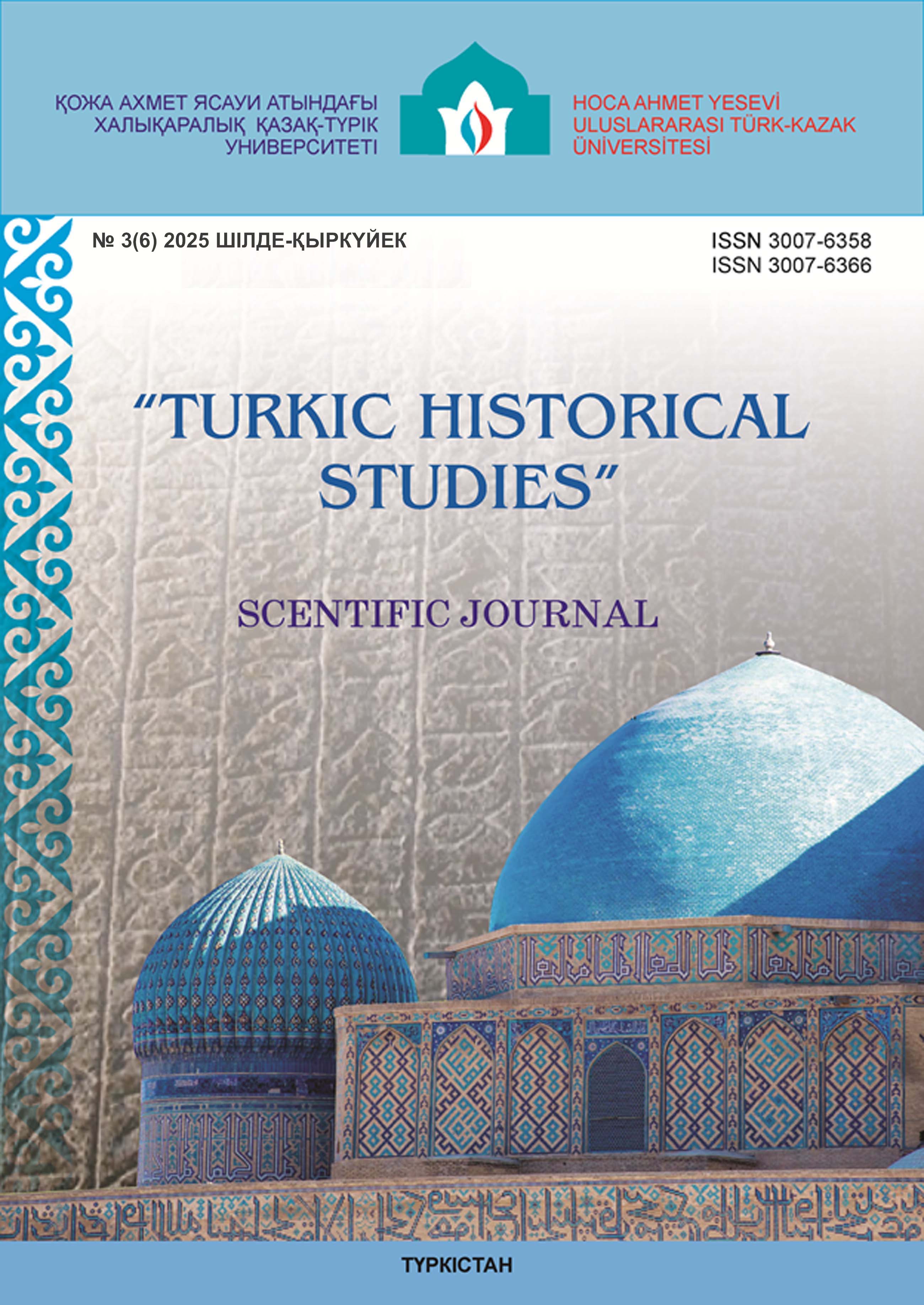AGRICULTURE IN TASHKENT DURING AND AFTER THE SECOND WORLD WAR: DEVELOPMENT, PROBLEMS AND SOLUTIONS
36 23
Keywords:
Agriculture, cotton growing, food supply, labor resources, women’s and child labor, mechanization, irrigation, mineral fertilizers, environmental problems.Abstract
This article analyzes the development of agriculture in Tashkent and its region during and after the Second World War. The main focus is on the challenges arising from the shortage of equipment and specialists, as well as the solutions implemented in such difficult conditions. The article emphasizes the prioritization of cotton growing, which resulted in a decrease in the cultivation of food crops for the local population, negatively impacting the region’s food security. The crucial role of women and children in agricultural work is highlighted, as they had to replace men mobilized to the front. The article also considers environmental issues caused by excessive fertilizer use. The impact of Soviet agricultural policy, which prioritized state needs over those of the local population, is critically analyzed. Finally, the importance of balancing state planning requirements with regional food independence is underlined. The results contribute to drawing historical lessons and developing relevant recommendations for modern agriculture.

